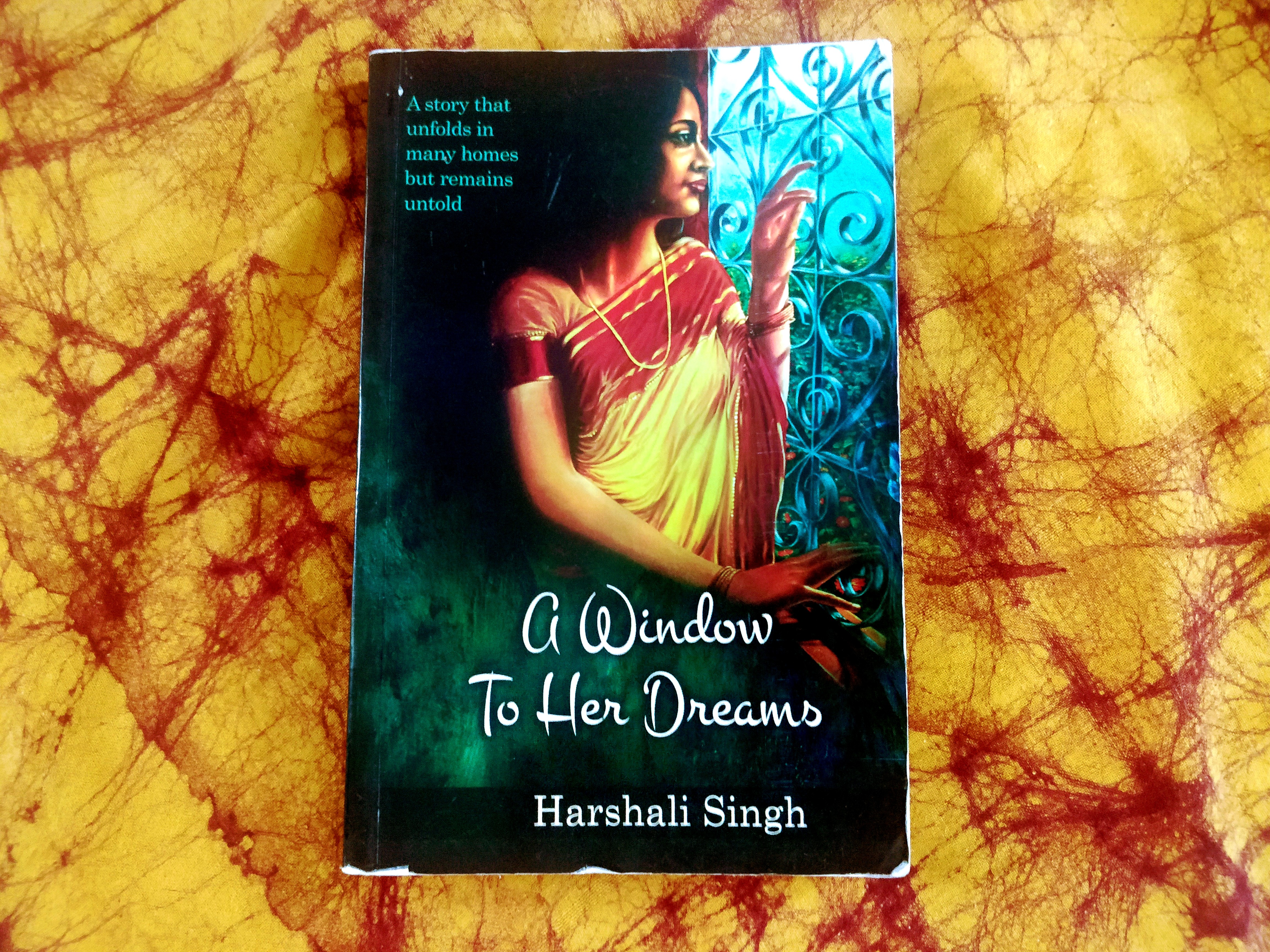A Window to Her Dreams

At the heart of this book is an ancestral Haveli, 150 years old that stands as a testament to the life of the family that inhabits it. The Haveli is inanimate. It is an old, ancestral stack of brick and mortar in the heart of Delhi but one that is privy to whispered conversations, heartaches and dreams.
What if the Haveli could speak? What if the Haveli could narrate to us the tales of love, loss, heartache, fear, anxiety, dissent, etc that it sees unfold within its bosom? What if the Haveli felt a deep sense of belonging to its family and it ached to see them suffer but could do nothing to help? If the Haveli could speak, would it be able to convey its helplessness? And, could we as a reader develop an affinity to such an inanimate structure?
The above is what Harshali Singh explores in her book along with what occurs in the lives of the inhabitants of the Haveli, the Sharma family.
‘A window to her dreams’ is the story of Aruna, the eldest of seven children of the Sharma family. A young woman who chooses to follow her heart much against her parent’s wishes, she marries Rafi. But soon, the rosy-eyed glow fades to reveal to her the ugly side of love. Aruna is brought home, battered, bruised and completely broken – physically and psychologically. The book is the story of how she shrugs off her past to find happiness again in her second marriage to Bhuvan, a sensible and patient young man. The theme that the book explores is how preconditioning and trauma that one may endure tend to reflect and weigh heavy on a person’s future, wresting away any chance of happiness. Even though a person may currently be in a happy relationship or may have a happy life; the trauma of the past – a failed relationship coupled with domestic abuse – can severely impede even the very breath of freedom that the person takes. Truly, psychological bettering, gas-lighting, etc are the worst forms of abuse that there are, aren’t they?
Aruna’s fragile character is so well woven that a reader can feel her distress and her plight at being unable to once more take control of her fragmented life. Through the fractured reality of Aruna’s past, Harshali Singh gives us glimpses of a life that women would shudder to live. Via the book Harshali Singh also introduces us to the other people in the family and etches them with as much clarity as Aruna. The hapless father, the mother fraught with anxiety for the welfare of her children, and the siblings are all clearly imprinted in the mind of the reader as they finish the book. Each character has been given its own distinctive traits, habits and reactions. That makes them all the more memorable because the reader is able to easily visualize them.
This is a book that is brimming over with emotions – both expressed and implied. This is a book that will leave you a little sad with the reality of Aruna’s situation. But, this is also a book that will make you believe in the proverbial silver lining, with its ending.
 What I loved about the book –
What I loved about the book –
 What I loved about the book –
What I loved about the book –
- The choice of narrator – to me there could be only two narrators in the book – The Haveli or the mother and I am glad that Harshali Singh chose the Haveli. The choice lends authenticity and character to the book.
- The language – This has been kept simple so that the play of emotions can be highlighted. Complicated language often tends to take away from the emotional connection that a reader would develop with the words, doesn’t it?
- The flow of the narrative – the story progresses smoothly from one chapter to the next and that’s not easy to achieve when you are weaving it alongside the POV of the Haveli. The narrative shifts between the Haveli and the people and yet it does not appear disjointed.
- The characterization – this for me, was the highlight of the book especially the mother’s character. That has been written with an absolute command over the emotions that a mother may exhibit.
